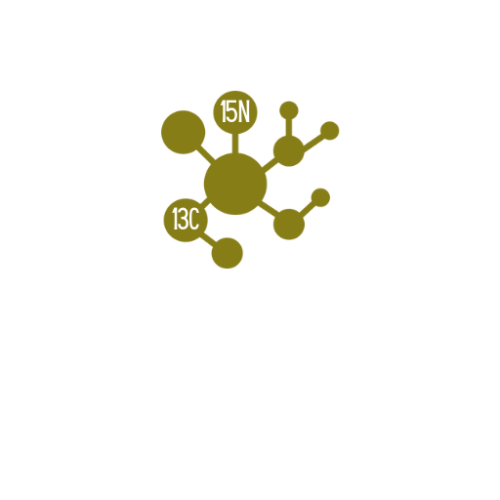anti HMGB1 monoclonal antibody
The mouse monoclonal IgG1 DPH1.1 was generated by injecting C57BL/6 mice with the 17-mer peptide P1 (KGKPDAAKKGVVKAEKS). Hybridomas were generated from splenocytes by standard techniques and tested by ELISA against the immunogen and full-length HMGB1.
DPH1.1 mAb recognizes all mammalian HMGB1s, including human, mouse and rat. Does not recognize HMGB2.
DPH1.1 mAb can be used for Western blot (WB).
DPH1.1 mAb blocks HMGB1-elicited cell migration in trans-well migration assays.
In vivo, DPH1.1 mAb administered intravenously (220 μg/mouse) blocks recruitment of inflammatory cells to sites of necrosis and infection.
This product is intended for research only, and cannot be used on humans.
Publications:
- Histamine induced high mobility group box-1 release from vascular endothelial cells through H1 receptor
- Regorafenib induces damage-associated molecular patterns, cancer cell death and immune modulatory effects in a murine triple negative breast cancer model
- The role of High-mobility group box-1 and Psoriasin in multiple myeloma: Analysis of a population affected by monoclonal gammopathies and review of the literature
- TIM-3 as a promising target for cancer immunotherapy in a wide range of tumors
- Properdin inhibition ameliorates hepatic ischemia/reperfusion injury without interfering with liver regeneration in mice
- Honokiol Prevents Intestinal Barrier Dysfunction in Mice with Severe Acute Pancreatitis and Inhibits JAK/STAT1 Pathway and Acetylation of HMGB1
- Therapeutic Efficacy of Oxaliplatin and Pembrolizumab Combination Treatment for Triple-Negative Breast Cancer
- Perineural Treatment with High Mobility Group Box-1 Monoclonal Antibody Prevents Initiation of Pain-Like Behaviors in Female Mice with Trigeminal Neuropathy
- HMGB1 Increases IL-1β Production in Vascular Smooth Muscle Cells via NLRP3 Inflammasome
- The Anti-inflammatory Effects of HMGB1 Blockades in a Mouse Model of Cutaneous Vasculitis
- Systemic HMGB1 Neutralization Prevents Postoperative Neurocognitive Dysfunction in Aged Rats
- HMGB1 induces hepcidin upregulation in astrocytes and causes an acute iron surge and subsequent ferroptosis in the postischemic brain
- The role of anti-HMGB1 antibody and anti-moesin antibody in ANCA-associated vasculitis
- HMGB1-RAGE axis contributes to myocardial ischemia/reperfusion injury via regulation of cardiomyocyte autophagy and apoptosis in diabetic mice
- Acute muscle mass loss was alleviated with HMGB1 neutralizing antibody treatment in severe burned rats
- HMGB1 mediates lipopolysaccharide-induced macrophage autophagy and pyroptosis
- Histamine induced high mobility group box-1 release from vascular endothelial cells through H1 receptor
- Treatment of Marmoset Intracerebral Hemorrhage with Humanized Anti-HMGB1 mAb
- LRRK2 deficiency protects the heart against myocardial infarction injury in mice via the P53/HMGB1 pathway
- Sitia G, Iannacone M, Aiolfi R, Isogawa M, van Rooijen N, Scozzesi C, Bianchi ME, von Andrian UH, Chisari FV and Guidotti LG (2011) Kupffer cells hasten resolution of liver immunopathology in mouse models of viral hepatitis. PLoS Pathog 7: e1002061






